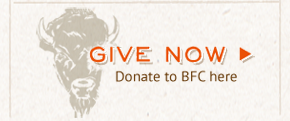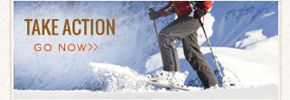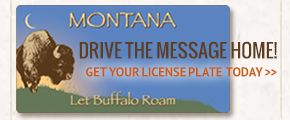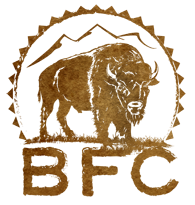Download the Extinction Sources as a PDF.
1.Gates, C. & Aune, K. 2008. Bison bison. The IUCN Red List of Threatened Species 2008: e.T2815A9485062.
http://dx.doi.org/10.2305/IUCN.UK.2008.RLTS.T2815A9485062.en. [Accessed March 28, 2016]
2. Adams, S.M. and A.R. Dood. 2011. Background Information on Issues of Concern for Montana: Plains Bison Ecology, Management, and Conservation. Montana Fish, Wildlife and Parks, Bozeman, Montana.
3. Freese, Curtis H., et al. 2007. Second chance for the plains bison. Biological Conservation 136(2): 175-184.
4. Meagher, Margaret M. 1973. The Bison of Yellowstone National Park. Scientific Monograph Series Number One. National Park Service, Washington, D.C. 161 pp.
5. Gates, C. Cormack, et al. The Ecology of Bison Movements and Distribution In and Beyond Yellowstone National Park, A Critical Review With Implications for Winter Use and Transboundary Population Management, April 2005.
6. Sanderson, Eric W., et al., 2008. The Ecological Future of the North American Bison: Conceiving Long-Term, Large-Scale Conservation of Wildlife. Conservation Biology 22(2): 252-266.
7. Gardipee, F. M. 2007. Development of fecal DNA sampling methods to assess genetic population structure of Greater Yellowstone bison. Masters Thesis, The University of Montana, Missoula.
8. Halbert, N. D., et al. 2012. Genetic population substructure in bison at Yellowstone National Park. J. Heredity, 103(3): 360-370.
9. Keiter, R. B. 1997. Greater Yellowstone's bison: Unraveling of an early American wildlife conservation achievement. Journal of Wildlife Management, 61(1): 1-11.
10. Plumb, Glenn E., et al., 2009. Carrying capacity, migration, and dispersal in Yellowstone bison. Biological Conservation 142: 2377-2387.
11. Fleischner, T. L. 2010. Livestock grazing and wildlife conservation in the American West: historical policy and conservation biology perspectives. In: Wild rangelands: Conserving Wildlife While Maintaining Livestock in Semi-arid Ecosystems. pp. 235-265.
12. Gude, P. H., Hansen, A. J. and Jones, D. A. 2007. Biodiversity consequences of alternative future land use scenarios in Greater Yellowstone. Ecological Applications, 17(4): 1004-1018.
13. Halbert, N. D. 2003. The utilization of genetic markers to resolve modern management issues in historic bison populations: implications for species conservation. Ph.D. Dissertation, Texas A&M University, College Station.
14. Montana Fish, Wildlife & Parks. Bison Harvest Data 2005-2013. Online at: http://fwp.mt.gov/hunting/planahunt/huntingGuides/bison/.
15. Gates, C. C., et al. 2010. American bison: status survey and conservation guidelines 2010. IUCN. 154 pp.
16. Ward, T. J., et al. 1999. Identification of domestic cattle hybrids in wild cattle and bison species: a general approach using mtDNA markers and the parametric bootstrap. Animal Conservation, 2: 51-57.
17. Halbert, N. D., et al. 2005. Conservation genomics: disequilibrium mapping of domestic cattle chromosomal segments in North American bison populations. Molecular Ecology, 14: 2343-2362.
18. Halbert, N. D. and Derr, J. N. 2007. A comprehensive evaluation of cattle introgression into US federal bison herds. Journal of Heredity, 98: 1-12.
19. Saunders, S., Findlay, D., Easley, T. and Christensen, S. 2011. Greater Yellowstone in Peril. The Threats of Climate Disruption. 48 pp.
20. Yellowstone Center for Resources. 2013. Yellowstone National Park: Natural and Cultural Resources Vital Signs. National Park Service, Mammoth Hot Springs, Wyoming, YCR-2013-03.
Also includes excerpts from the Petition to List the Yellowstone Bison as Threatened or Endangered Under the Endangered Species Act, as well as additional supporting material compiled by Buffalo Field Campaign.







